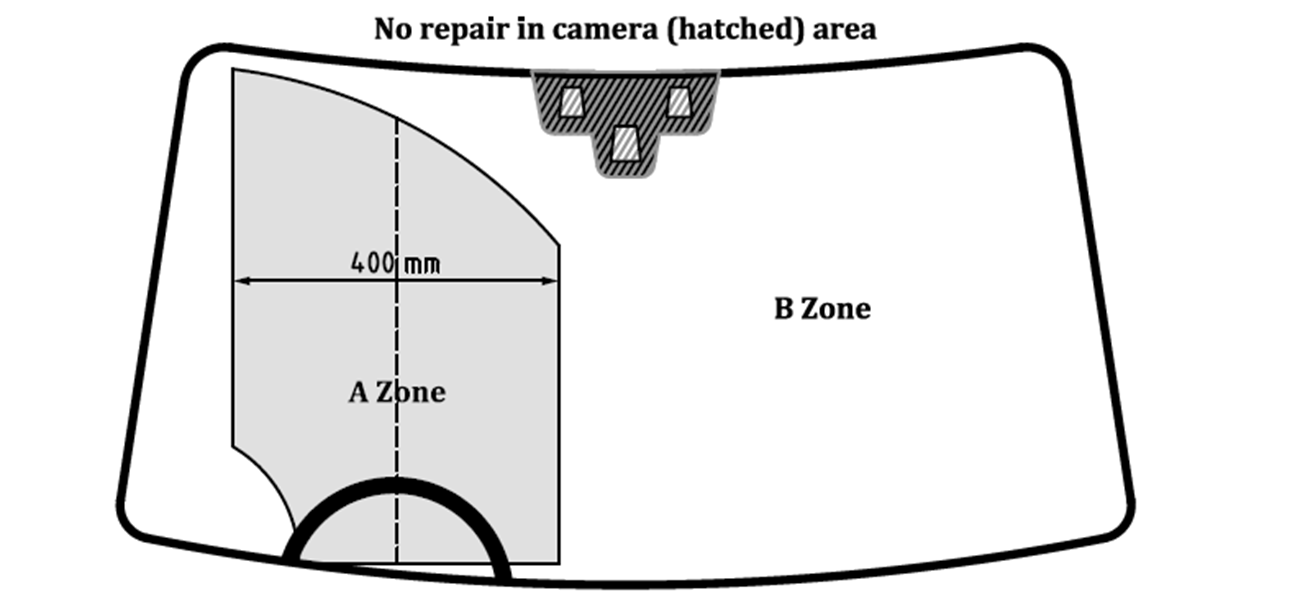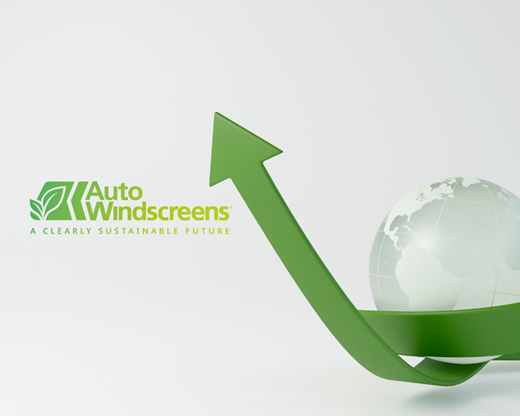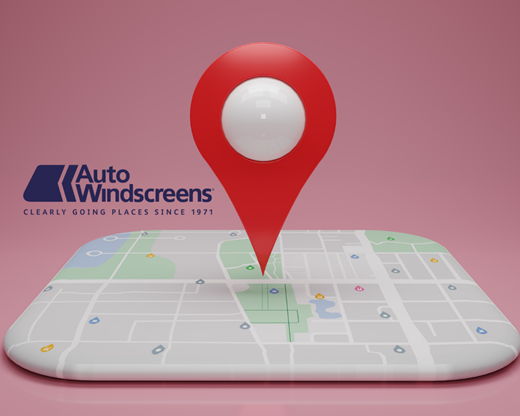Auto Windscreens set to adopt new repair standards
In 1998, Tony Blair was the Prime Minister, Google was founded and Three Lions was most likely playing on your car radio. It was also the year in which The British Standards Institution (BSI) last made changes to the automotive glazing repair standards.
Tony Green, our Head of Technical Training, was recently part of the panel of industry experts involved in helping to oversee the introduction of the new standards (BSau242b), and we will be adopting them from this month.
Evolving Advanced Driver Assistance Systems (ADAS) and head-up display (HUD) technology have been key to the changes. According to the new standards, repairs are permitted in ‘Zone A’ (400mm wide area in front of the driver, centred on the steering wheel with the top arc of the driver’s windscreen wiper) for damage that’s within a circle 20mm in diameter. For the rest of the windscreen, repairs are permitted for damage that’s within a circle 40mm in diameter. Replacements are required in windscreen areas supported by any aspect of ADAS or HUD technology.
Tony explains: “With the introduction of ADAS technology and the popularity of panoramic windscreens in MPVs and 4x4s, the changes in vehicles on our roads in the last 24 years are quite literally through the roof.
“Windscreens have increased by around 33% in height since 1998 – a Fiesta windscreen is now 28% bigger than it was back then, and the largest production windscreen, from the Tesla Model X, is around 55% larger than the size of an old Fiesta’s. The industry now is very different to the one I joined, and with vehicle technology changing all the time, it’s important the repair standards reflect this.”

Related Articles

Do You Care for Your Grass Like You’d Care for Your Glass?
Auto Windscreens launches ‘Grass Vs Glass’ – a fun Facebook photo competition celebrating lawn lovers. Share your lawn pics to win prizes and bragging rights!
Monday, 16 June 2025

Sustainability Milestone with Silver EcoVadis Rating
Markerstudy, parent company of Auto Windscreens, has earned a Silver EcoVadis rating, demonstrating its commitment to responsible, sustainable operations that benefit customers and partners alike.
Friday, 16 May 2025

Expanding Service Network in Response to Soaring ADAS Calibration Demand
Auto Windscreens has opened three new service centres and relocated three others to larger premises in response to a 300% rise in ADAS calibrations since 2019.
Monday, 12 May 2025